LIFESTYLE
10 Tips To Identify That A Lifestyle Clothing Brand Is Sustainable

Have you ever felt the urge to tune out that same monotonous soundtrack of your life and start to change things up? In the prospect of reinventing ourselves, most if not all, look to lifestyle brands for inspiration. From clothing, food, to hobbies; these brands embody and sell a lifestyle.
Along with this, brands have also adopted a more mindful perspective when it comes to consumption which is sustainability. In fact, to put it simply, there are three core areas that sustainability champions.
These are economic and social development as well as environmental protection in a broader sense.
Some lifestyle brands had made this as their advocacy and in worse cases, some kind of shallow aesthetic.
So we’ve compiled 10 tips to help you identify how a lifestyle clothing brand is sustainable.
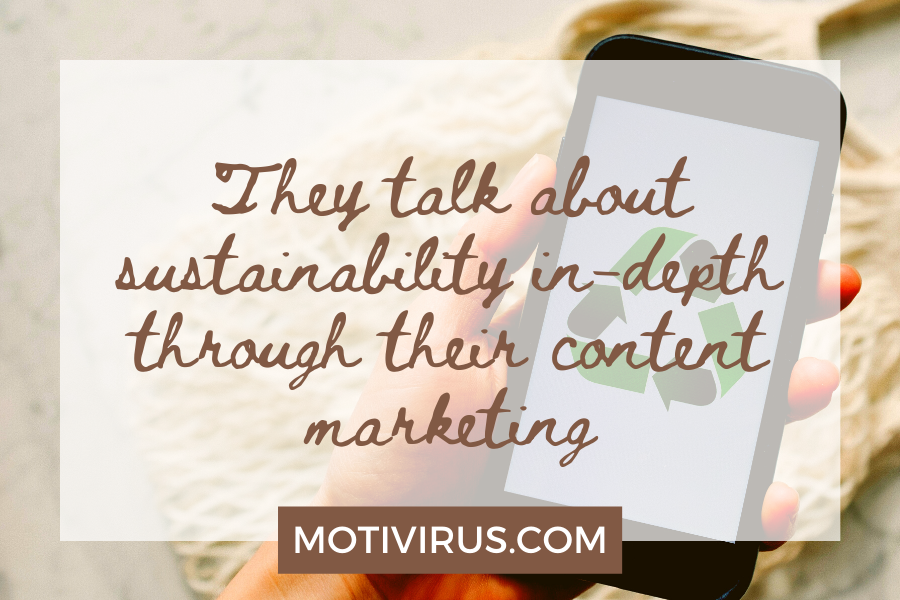
They talk about sustainability in-depth through their content marketing
The easiest way to spot an authentic sustainable lifestyle clothing brand is if they talk about it. Blog articles and Instagram campaigns aren’t just about creating leads.
If they advertise themselves as “eco-friendly” but they don’t talk about the nuances of this advocacy then they might just be greenwashing.
Greenwashing or “green sheen” was coined by environmentalist, Jay Westervelt in the 1980s as a false claim that corporations help the environment to further capitalist goals.
They have to build authority when it comes to sustainability by sharing their design process. If they fail to pinpoint where exactly their brand falls then that’s a major red flag.
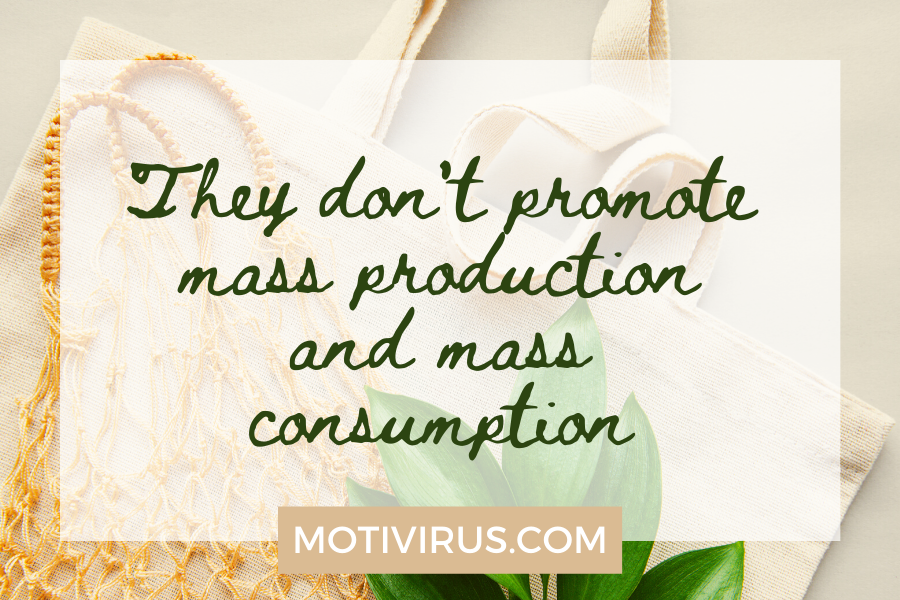
They don’t promote mass production and mass consumption
The main goal of sustainability is to minimize the environmental impact production does. If the brand instead is promoting mass consumption than mindful consumption then it’s really just about money, isn’t it?
The keyword here is minimizing impacts. By continuously producing clothing no matter how “eco-friendly” the raw materials are, they are still contributing to global wastes.
Keep in mind that the brand should not persuade you to buy more from them if they’re truly sustainable.
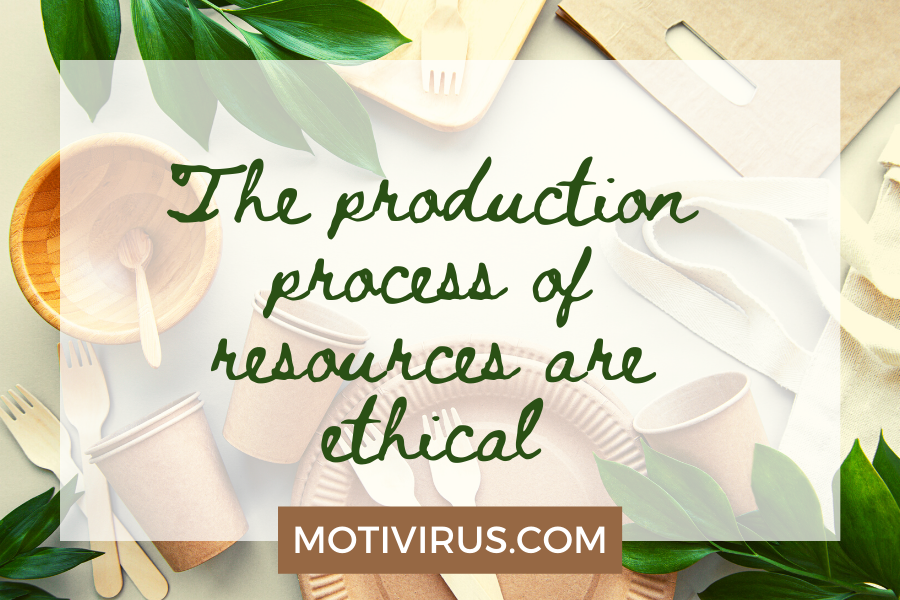
The production process of resources are ethical
When we say “ethical” it falls in the context of how they don’t do animal cruelty in the production of their resources.
Alongside this, even if they claim their resources to be “all-natural” some of them are produced by using toxic chemicals or overexploitation.
According to “Measuring Fashion: Environmental Impact of the Global Apparel and Footwears Industry” by Quantis in 2018, fashion brands are one of the main contributors to pollution.
They stated that fiber production, dyeing, and finishing, as well as yarn preparation, have the highest detrimental impact.
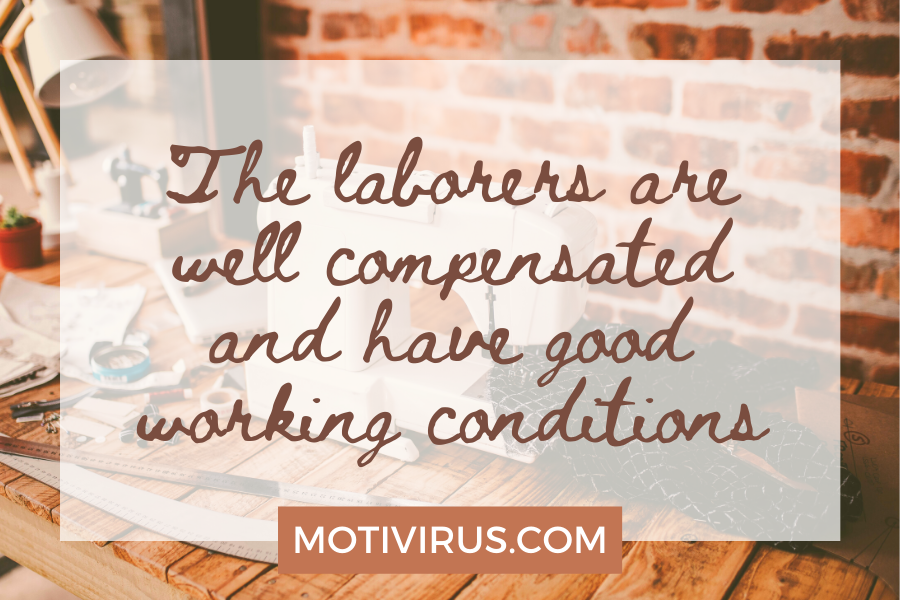
Most fast fashion brands are guilty of exploiting laborers leaving them underpaid and forcing them in unideal working conditions. Some even go so far as exploiting child laborers.
In fact, 11% or 170 million children are engaged in child labor globally as stated by the International Labour Organisation. Sustainable lifestyle clothing isn’t just about the clothes but more so in the process of creating these products.
More often than not the products are handcrafted and are made by artisans.
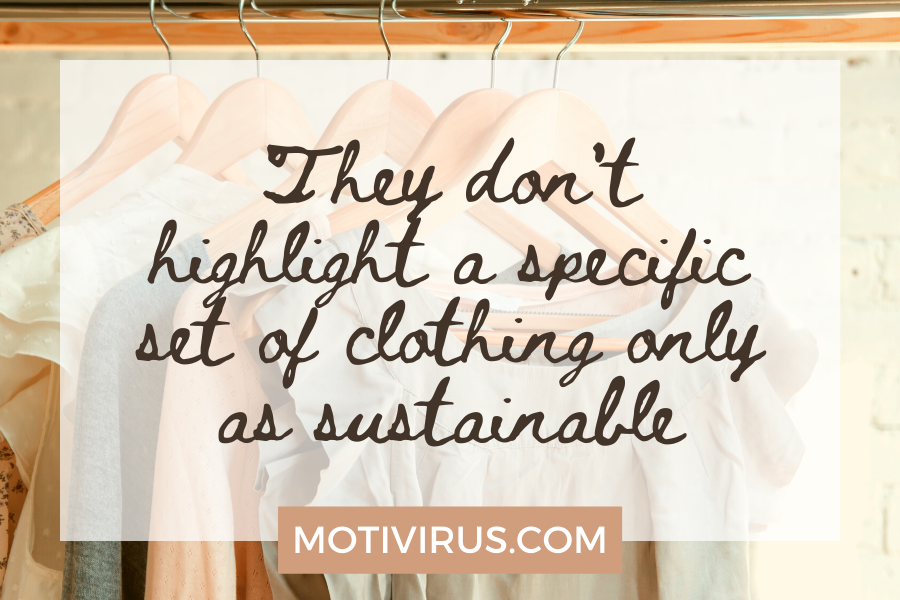
They don’t highlight a specific set of clothing only as sustainable
It’s also important that they don’t just promote a few sustainable products.
Highlighting specific lifestyle clothing can also be a facade that they are indeed mindful when in fact most of their products are not sustainable.
This is another red flag to watch out for because sustainable brands make it a point that all their products fit their advocacy.

Sustainability is about minimizing wastes so it is only expected that they are made to last and can be reused or mended easily. This way, mass consumption can be avoided.
By producing only durable clothing it guarantees the brand’s quality and consumers can be loyal patrons in the future. If a sustainable brand only creates products that are easily damaged then the cycle of mass production and consumption starts again.

Good On You is a website that rates lifestyle clothing brands’ sustainability. They rate the brands by labor ethics, animal involvement, and environmental impact.
This is one of the trusty sites you can go to in checking if a brand does have truthful claims. Moreover, they just don’t rate mostly clothing brands but also accessories and footwear.
Their key data sources for their rating system mostly comprises of Fashion Transparency Index, CDP Climate Change, Water Security projects, and many more.

They are inclusive with both their products as well as with their staff
Inclusivity is a major factor when it comes to the ethics of a brand.
This just doesn’t cover racial inclusivity in the staff but more so in the nature of their products. It’s a red flag cater to an elite few as opposed to making their brand accessible.
Through the ideas of diverse minds can they be more conscious and more mindful of their brand’s impact.

They are inclusive with both their products as well as with their staff
Another good sign is that they are also well-reviewed by advocates that align with sustainable lifestyles. Emma Watson for example is the most popular advocate for ethical fashion. Of course, not all brands can have the luxury to be reviewed by big stars since most of them are grassroots and are small scale.
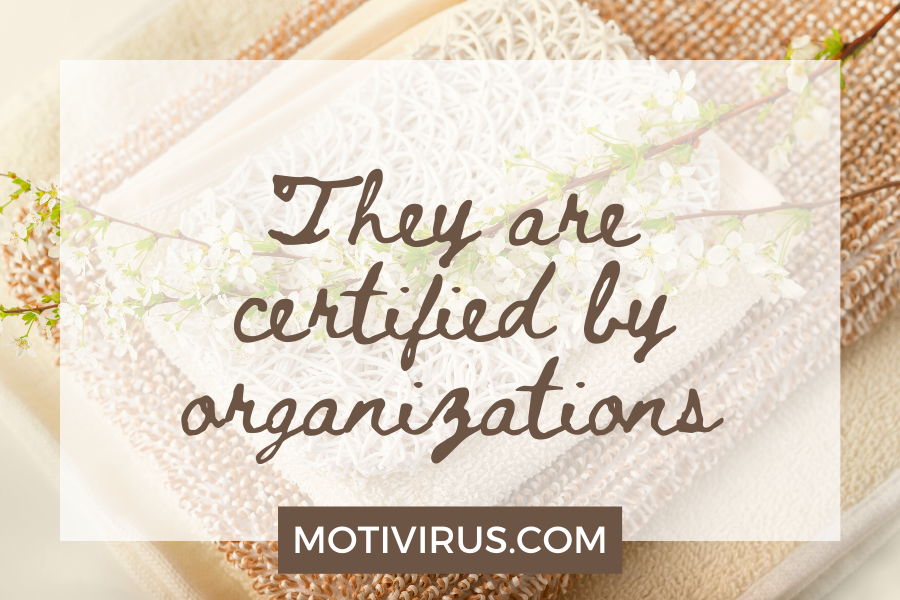
They are certified by organizations
Last but not the least is if these brands are certified by third-party organizations that have a record in sustainability measures.
Organizations that certify are SA800 that focuses on labor rights, 1% for The Planet which showcases brands that give 1% of their gross sales for environmental programs, and Bluesign focusing on textile products.
Another one is Cradle to Cradle Certified with guidelines based on the UN Sustainable Development Goals and OCS 100 verifying products with organic materials.
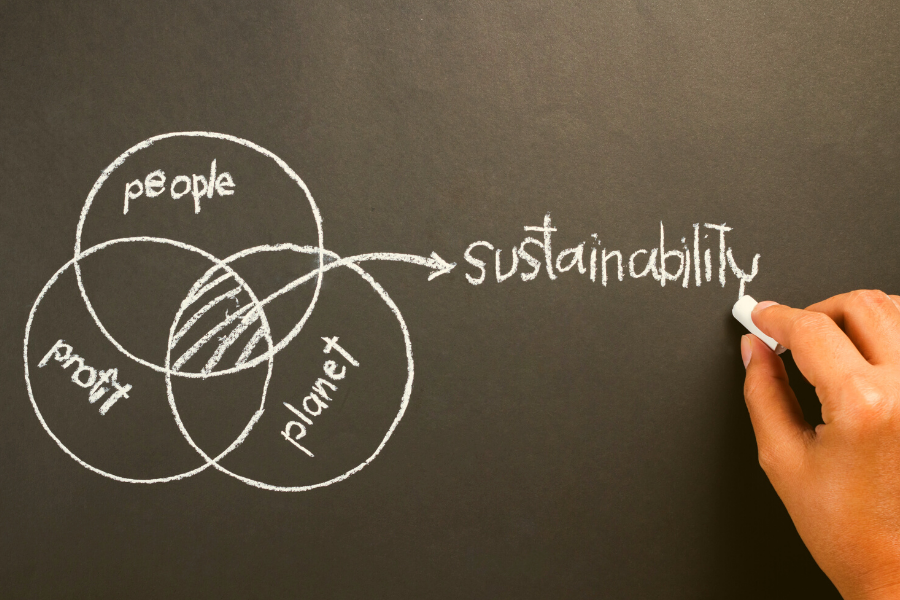
The truth is there is no such thing as 100% Sustainable lifestyle clothing brand (for now).
There are a lot of nuances in the topic of sustainable fashion, the important thing here is that people are striving for this kind of lifestyle now and brands have become more mindful of their advocacies.
Read more on business plans that can also be applied to sustainable brands here.

